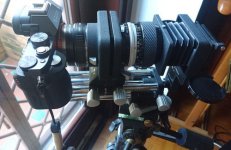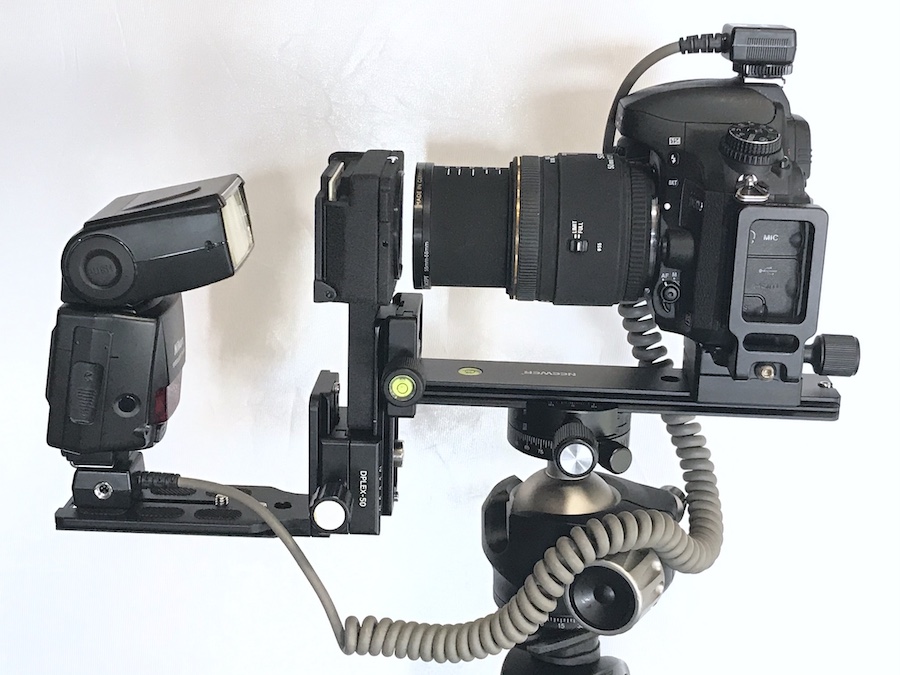Dave Jenkins
Loose Canon
- Local time
- 7:53 PM
- Joined
- May 21, 2010
- Messages
- 665
I've been scanning slides for the last 20 years with a Minolta-Dimage 5400 with great results. However, my wife and I are downsizing as we get older and I no longer have room to store or set up the scanner, so I'm going to try scanning with a camera.
To that end, I have a Fuji X-H1 camera, a set of Meike extension tubes, a Fuji to Olympus OM adapter, a 50mm f3.5 Zuiko macro lens, and a Nikon ES-1 slide holder. I cannot get the rig to come into focus with or without either or both of the extension tubes. What am I doing wrong?
To that end, I have a Fuji X-H1 camera, a set of Meike extension tubes, a Fuji to Olympus OM adapter, a 50mm f3.5 Zuiko macro lens, and a Nikon ES-1 slide holder. I cannot get the rig to come into focus with or without either or both of the extension tubes. What am I doing wrong?




